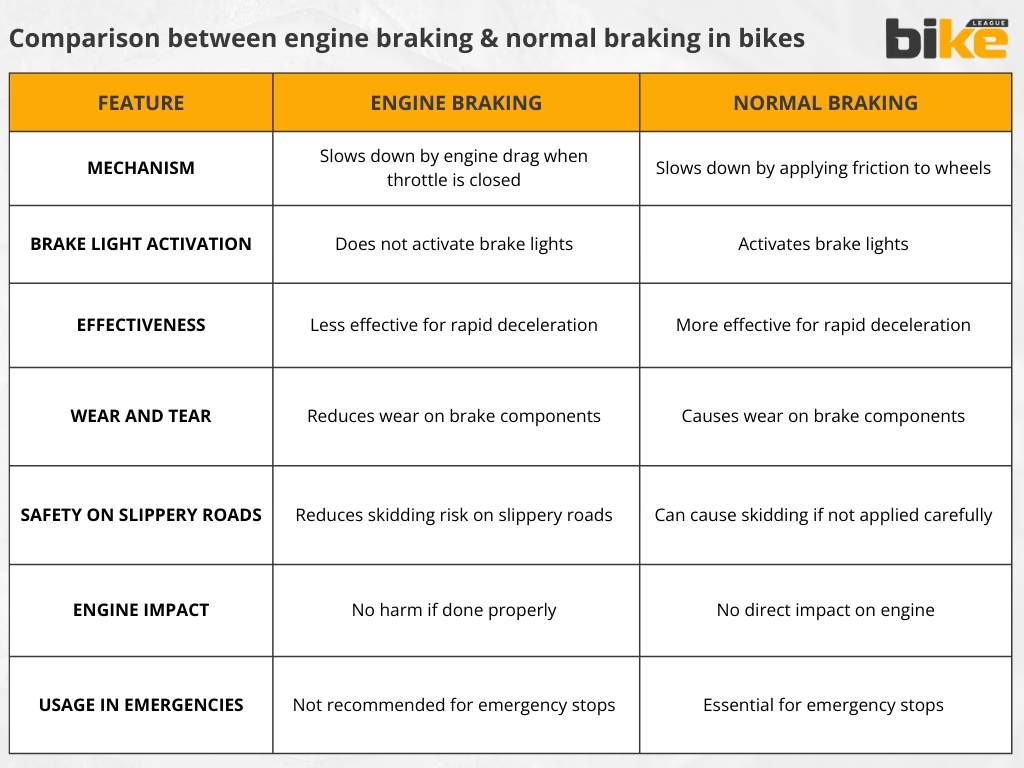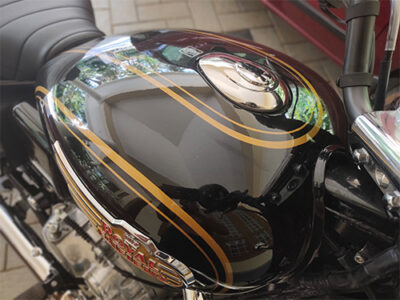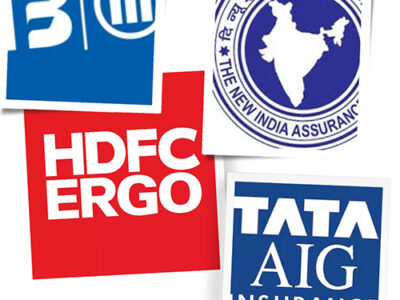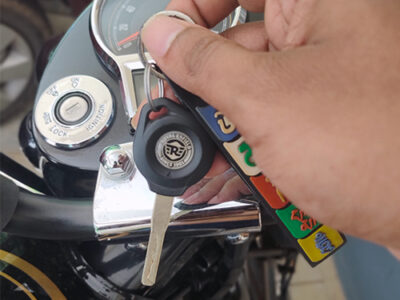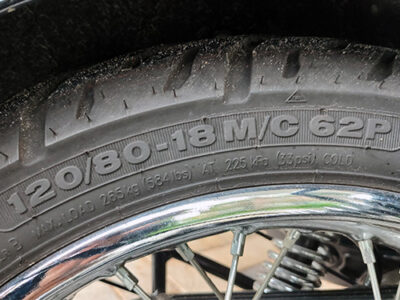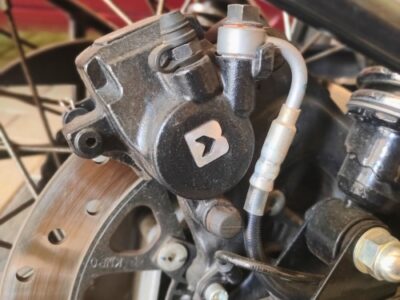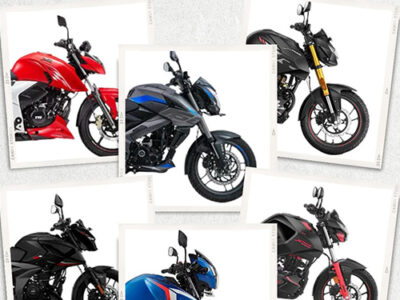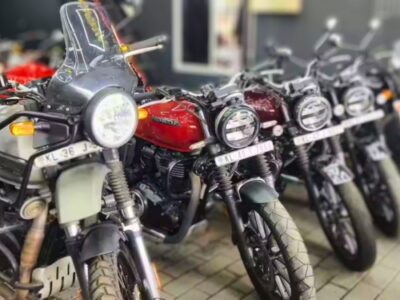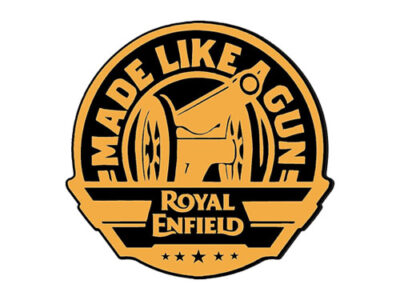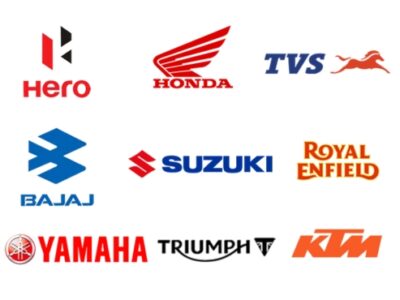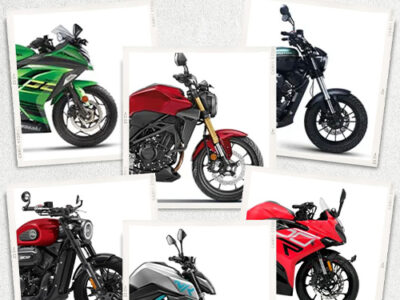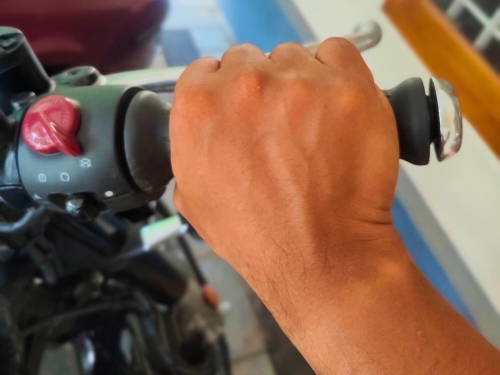
|
Getting your Trinity Audio player ready...
|
Long story short: Engine braking in bikes is a crucial technique. It offers a way to slow down a bike using the engine’s resistance rather than the traditional braking system. This engine braking method is particularly relevant in India, where diverse road conditions demand versatile motorcycle braking strategies.It helps the bike rider to decelerate smoothly, which can reduce wear on the brake components and enhance control, especially on slopes or in slippery conditions.This comprehensive guide will teach you tips, benefits, and techniques of bike engine braking.
Understanding Engine braking in bikes
What is Engine Braking?
Engine braking reduces speed by closing the throttle while the bike is in gear, allowing the engine’s internal friction and vacuum to slow the vehicle down. This technique is more effective in motorcycles with manual transmissions than vehicles with automatic transmissions. The process involves the engine’s resistance force being transferred to the drivetrain, which is connected to the wheels, reducing their rotational speed.
How engine braking works
When the throttle is closed, the engine’s RPM (revolutions per minute) increases due to the engine drag, which helps slow down the bike. This effect can be enhanced by downshifting to a lower gear, which increases the engine’s suction and braking effect. However, it’s essential to avoid downshifting too aggressively, as this can cause the engine to rev into the redline, potentially leading to a skid or loss of control.
Benefits of bike Engine Braking
1. Safety and Control
Engine braking is one of the safest ways to reduce motorcycle speed without using the main brakes. It can be beneficial during long descents or in wet conditions. This helps maintain control and reduces the risk of brake overheating and failure.
2. Reduced Wear and Tear
This braking technique reduces the wear on brake pads and discs by relying on the engine’s resistance, potentially extending their lifespan. When done correctly, it does not damage the motorcycle engine.
3. Fuel Efficiency
Engine braking can improve motorcycle fuel efficiency by reducing fuel consumption during deceleration. This is especially beneficial for long rides where fuel economy is a concern.
4. Enhanced Riding Experience
Techniques like rev matching, which involves synchronizing engine speed with wheel speed during downshifts, can make the ride smoother and more enjoyable. This technique also prepares the rider for acceleration if needed.
Considerations and Risks
1. Lack of Brake Light Signal
One of the main drawbacks of engine braking is that it does not activate the brake lights, which means drivers behind may not be aware that the bike is slowing down.
2. Risk of Rear Wheel Lock
An abrupt downshift, especially on wet or compromised surfaces, can cause the rear wheel to slip, leading to a potential skid. Modern bikes equipped with slip-assist clutches mitigate this risk.
3. Skill Requirement
Effective engine braking requires skill to avoid overspeeding and potential damage, particularly in rev-matching gear selection.
Techniques for Effective Engine Braking in Bikes
1. Steps to Apply bike Engine Braking
- Disengage the Throttle: Let go of the throttle to initiate deceleration.
- Downshift Smoothly: Shift into lower gears gradually, ensuring a smooth transition to avoid jerks.
- Rev Match: Learn to rev match to ensure smooth downshifting and maintain control.
2. Combine with Traditional Braking
Combine engine braking with light application of your front and rear brakes for maximum control. This technique optimizes braking balance and ensures better traction and control.
3. Practice in Various Conditions
Regular practice in different scenarios, such as wet conditions or slopes, enhances both skill and safety. Understanding the nuances of each situation is critical to effective engine braking.
Myths and doubts about engine braking in bikes
Myth 1: Engine Braking Damages the bike Engine
A prevalent myth is that engine braking can harm the motorcycle’s engine. However, if done correctly, engine braking does not damage the bike engine. The engine’s components, such as the gearbox and clutch assembly, are designed to handle the forces involved in engine braking. The engine continues to receive lubrication during this process, ensuring no harm is done.
Myth 2: Engine Braking Wears Out the Transmission
Some riders believe that engine braking causes excessive wear on the transmission. In reality, engine braking does not put undue stress on the transmission. The components are built to withstand the forces of both acceleration and deceleration. However, excessive engine braking can reduce the lifespan of the chain and sprocket.
Myth 3: Engine Braking is Not Useful
Engine braking is often underestimated, but it is beneficial for controlling speed on downhill slopes and for smooth deceleration. It is not as effective as normal braking for emergency stops. Still, it is a valuable tool for managing speed in non-critical situations.
Myth 4: Engine Braking is Difficult to Master
While engine braking requires some practice, it is not inherently problematic. It involves rolling off the throttle and allowing the engine to slow the bike. Riders can enhance the effect by downshifting, but aggressive downshifting should be avoided to prevent engine over-revving.
Myth 5: Engine Braking Should Not Be Used in Emergencies
It is advised not to rely solely on engine braking in emergencies, as it does not provide the same stopping power as the brakes. In emergencies, using both the brakes and engine braking can be beneficial. Still, the primary reliance should be on the brakes.
FAQ About engine braking in bikes in India
1. What is Engine Braking?
Engine braking reduces speed by closing the throttle while the bike is in gear, allowing the engine’s internal friction and vacuum to slow the bike down. This technique is more pronounced in vehicles with manual transmissions, such as motorcycles than those with automatic transmissions.
2. What is the difference between engine braking and normal braking in bikes?
Engine braking is beneficial for controlled speed reduction and preserving brake components. In contrast, normal braking is essential for quick stops and emergencies. Riders should understand and utilize both methods to enhance safety and riding efficiency.
3. What Are the Benefits of bike Engine Braking?
Engine braking offers several benefits, including reduced wear on brake pads, smoother bike downshifts, and better fuel economy. It also allows riders to maintain a gear that enables quick acceleration.
4. Are There Any Risks Associated with Engine Braking?
While engine braking is generally safe, it can pose risks if not done correctly. Abrupt downshifts, especially on wet surfaces, can cause rear-wheel slip and potential skidding. Additionally, since the brake light does not illuminate during engine braking, other drivers may not be aware that the bike is slowing down.
5. Does Engine Braking Damage the Motorcycle?
When performed correctly, engine braking does not damage the motorcycle’s engine. It is a safe method to reduce speed without affecting engine performance.
6. How Can I Improve My Engine Braking Technique?
Riders can practice “rev matching ” to enhance engine braking,” which involves blipping the throttle to match engine revs during downshifts. This technique ensures smoother transitions and reduces stress on the clutch plates.
7. When Should I Use Engine Braking?
Engine braking can be used when you must slow down without applying the main brakes. It is beneficial during long descents, such as mountain passes, where continuous brake use could lead to overheating.
8. What Are the Cons of Engine Braking?
Potential downsides include additional stress on the clutch if downshifts are not rev-matched and the risk of rear-wheel lock if downshifting too early. Additionally, the lack of brake light activation can be a safety concern.
9. Is Engine Braking Suitable for All Riding Conditions?
Engine braking is a versatile technique used in most motorcycle riding conditions. However, it is essential to be cautious on slippery surfaces and to ensure that downshifts are smooth to prevent skidding.
10. How Do I Stop Engine Braking?
To stop the effect of engine braking, smoothly transition to a higher gear and gradually release the clutch. This action disengages the engine from the transmission, allowing the bike to coast.
Other related articles from Bikeleague India
- Braking in motorcycle – All expert tips for bikers
- What is Motorcycle ABS? – Doubts, Queries and FAQ
- Bajaj partnerships in India: What you need to know
- The ultimate guide to defensive driving for bikers in India
- Ducati Scrambler 2G Full Throttle
Conclusion
Engine braking is a valuable technique for motorcyclists in India, offering safety, efficiency, and an enhanced riding experience. While it requires skill and awareness of its limitations, mastering engine braking can significantly improve a rider’s control and safety. As more riders adopt these practices, understanding and mastering engine braking will become increasingly important.
If you have any other questions or queries, email us at bikeleague2017@gmail.com. You can also share your doubts or opinions in the comments section below. We are always eager to help and assist you. Also, here are several social media platforms of Bikeleague India to raise your suspicions.

